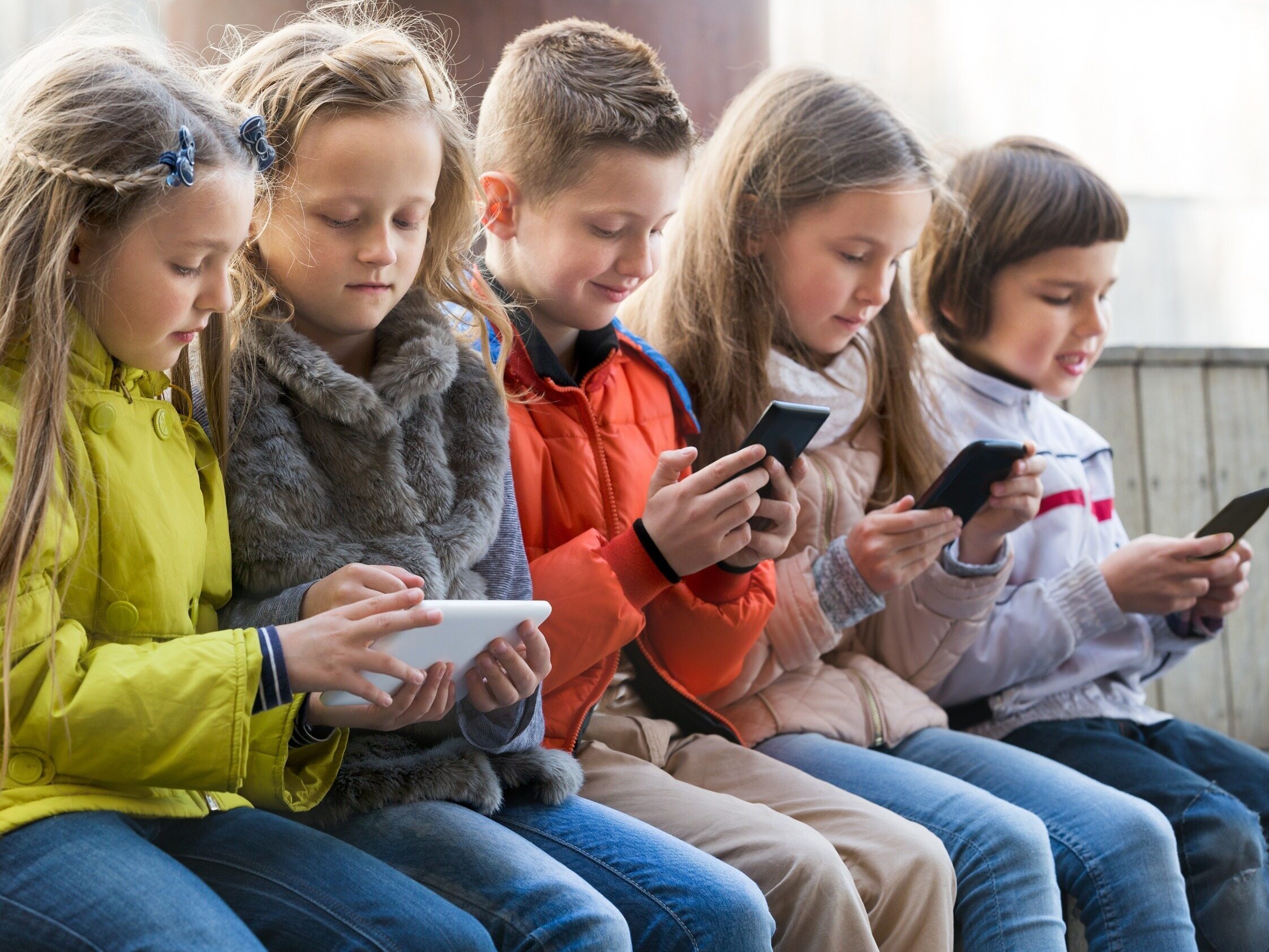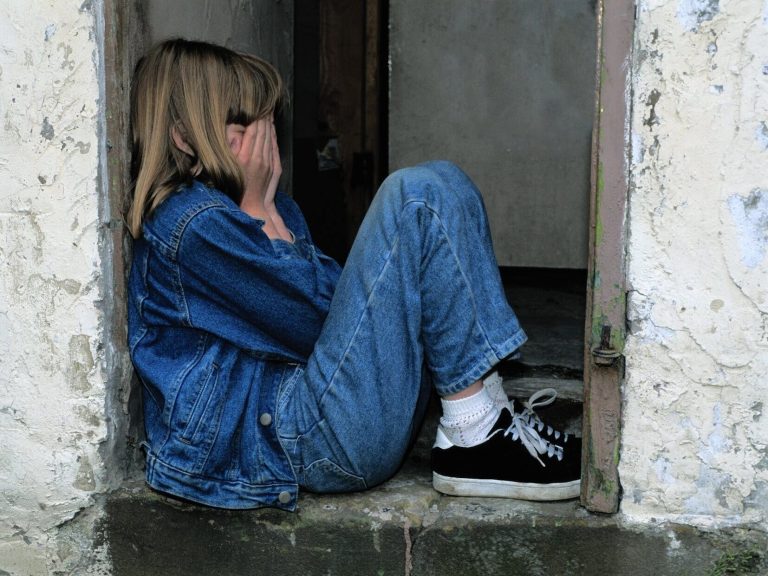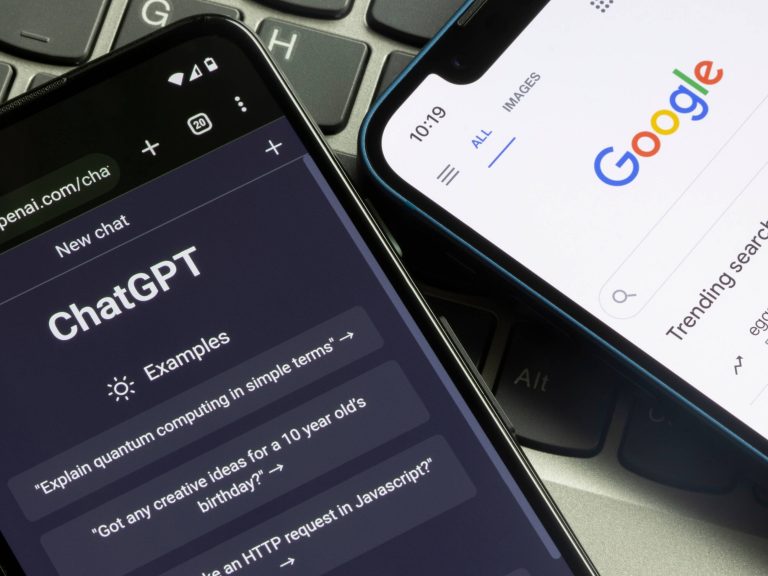More and more young children are becoming addicted to smartphones. Expert: Early prevention is needed

More than half of children under six years of age use mobile devices – according to the “Brzdą w online” study. Nearly two-thirds of parents give their children digital devices as a reward or when they cry and whine, unknowingly teaching children to regulate their emotions through technology. According to experts, this is the first step towards addiction to digital devices. In the fight against behavioral addictions, early prevention and the introduction of mental health promotion programs for the youngest are key.
– Addiction to behavior, i.e. technology, social media, playing computer games, is also dangerous, not only drugs and alcohol. It is something that is available to children and teenagers basically from the moment they are born. Research shows that in Poland, every 10th child uses digital devices before the age of one, which means that access and developing habits and developing certain patterns of use begin before children even enter kindergarten. – says Dr. Magdalena Rowicka from the Department of Psychological Research Methodology of the Institute of Psychology at the Academy of Special Education.
According to the “Brzdąc w online” survey conducted among parents of the youngest children by the Academy of Special Education in Warsaw, more than half (54%) of children aged 0 to 6 years use mobile devices, such as smartphones, tablets or laptops. The average age of initiating the use of digital devices is two years and two months, but younger children also use smartphones. On average, the youngest spend one hour and 15 minutes in front of the screen. This also applies to children who are under one year of age.
Parents often share smartphones with their children when they have no idea how to spend time with them. Nearly two-thirds of parents give their children digital devices as a reward or when they cry and whine, thus unknowingly teaching their children to regulate their emotions through technology.
– At the age of 13 or 14, we may be dealing with a young person who basically knows no other way to deal with a difficult situation, with stress, with emotions than just escaping to the screen. Previously it was cartoons, but now it can be social media or playing computer games. This is one of the mechanisms of addiction – explains the APS expert.
According to nationwide scientific research on the quality of life of children and adolescents commissioned by the Ombudsman for Children, 13 percent younger children and 15 percent young people are addicted to social media. Only every eighth second-grader in primary school (12%) did not use social media in their free time. In the case of sixth-graders and secondary school students, the situation is even worse – only 2 and 1 percent, respectively, said so. of them. Every third teenager spends several hours a day on social media, and many of them even 12 hours.
The RPD report also indicates a high percentage of young people who want to limit the use of social media but are unable to do so. In the group of the youngest students, such attempts ended in failure for one third of the students. A similar percentage of second-graders admit that they use social media to feel better. In turn, according to the ThinkStat NASK report “Teens 3.0”, every eighth young person has symptoms of severe addiction to social media.
The study by the Education Development Center “Effective prevention of behavioral addictions” shows that the feature of addiction – which distinguishes certain behavior from passion – is the loss of control (feeling compulsion) and the reason why we perform a given activity. Loss of control means that despite attempts, the activity cannot be stopped. The reason for addiction is largely related to the fact that we cannot cope with emotions or stress and we somehow escape into certain behaviors in order not to think about difficulties. The difference is also that an addicted person is unable to think rationally about his or her addiction.
Addiction develops when our thoughts and behaviors revolve exclusively around a specific activity. This state, called preoccupation, is one of the diagnostic criteria for the disorder. Another is to spend more and more time doing an activity because the current time frame does not allow you to achieve a sufficient level of satisfaction. This criterion is called tolerance by experts. The diagnostic criteria also include mood modification, i.e. engaging in addictive behaviors to avoid stress or difficult thoughts, as well as negative consequences of behavior – the more time a child spends on games, the less time and energy is left for doing homework, learning up, but also to rest.
– Therapy with behavioral addictions, especially technological ones, differs primarily from the fight against traditional addictions in that there is no question of abstinence at all – emphasizes Dr. Magdalena Rowicka. – We cannot expect a child to never use a phone or other device again, so our de facto goal here will be to restore a healthy, functional, adaptive way of using it. And this is more difficult, because if we use the screen all the time, sometimes there may be only a moment when we cross this limit and there will be a relapse, we will need intervention again.
The most effective preventive strategies include training in psychosocial competences, i.e. learning, among others, coping with emotions and stress, communicating and maintaining good interpersonal relationships, and making decisions and solving problems.
– We have quite a lot of knowledge about what works at a general level, and these are most often developing psychosocial competences, which works at a specific level. We have programs in both areas, and we can finance them from municipal funds or from the city fund. Therefore, a lot is ready for the taking, but there will always remain a certain deficiency when it comes to cooperation between different institutions and parents – explains the APS expert.
In the case of the treatment of behavioral addictions, cognitive-behavioral therapy is most often used, which helps to get to the source of the problem. Support from loved ones is also important in therapy. According to the expert, however, appropriate prevention aimed at the youngest is necessary, which can reduce the number of addicts.
– What we still need is, above all, a mental health promotion program in every school and even in every kindergarten. Equipping the youngest with psychosocial competences, which are a standard and basic competence preventing the development of any addiction. The second issue is prevention programs at the beginning of school, which should be implemented on a much larger scale. They are not very expensive at all, but they require training for teachers and non-teaching staff in schools, as well as time and acceptance from parents. – convinces Dr. Magdalena Rowicka.






